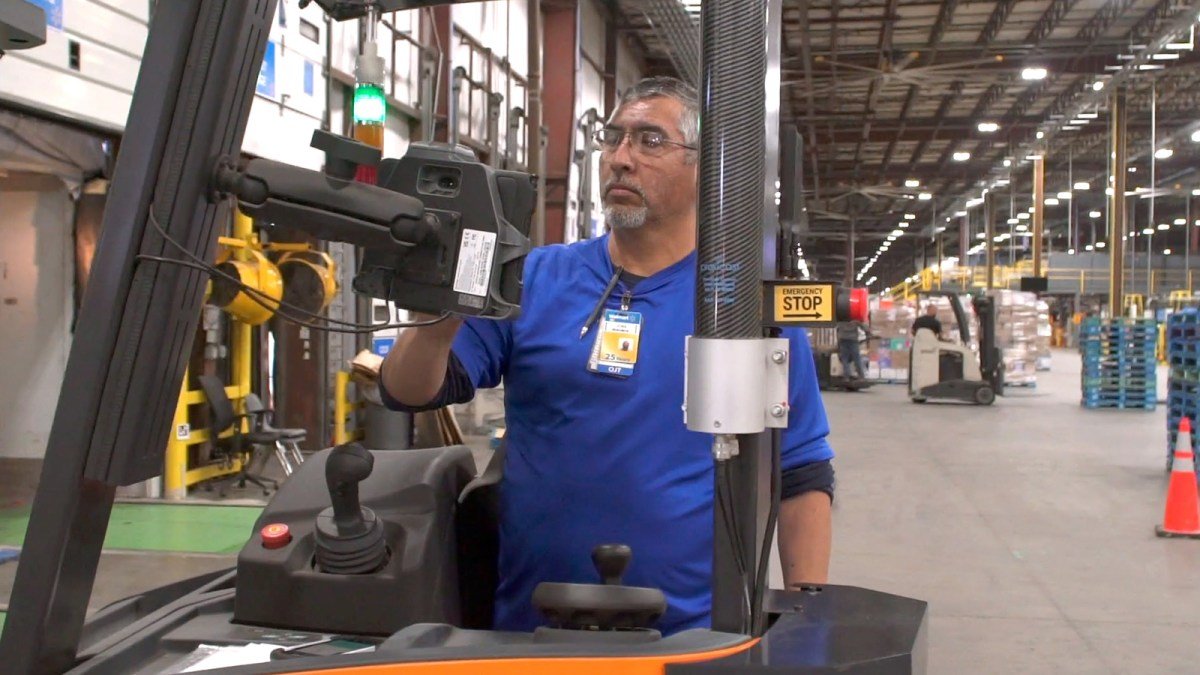The tale of warehouse robotics is a saga of striving to keep pace with Amazon. It’s been over ten years since the e-commerce giant revolutionized its delivery network through the acquisition of Kiva Systems. In an effort to remain competitive, Walmart is taking a different approach to automation by forming partnerships with a variety of robotics companies.
On Thursday, the mega-retailer announced its collaboration with Fox Robotics, bringing 19 robotic forklifts from the Austin-based startup to its distribution centers. This follows a 16-month test run at Distribution Center 6020 in Florida.
DC 6020 is Walmart’s first “high-tech DC,” a warehouse used to pilot automation and other technologies before implementing them in its wider network of distribution and fulfillment centers. The company first experimented with Symbotic’s package sorting and retrieval systems at this location.
After a successful trial, Walmart decided to expand the technology to all 42 of its Regional Distribution Centers, nearly double its original goal of 25. This week’s announcement is a smaller scale implementation, focusing on four high-tech DCs. However, if all goes well, the retailer plans to order more in the future.
Robotic forklifts represent a “brownfield” approach to automation, meaning that the company is retrofitting existing warehouses with new technology instead of constructing new spaces from the ground up. While this approach may be faster and more cost-effective, there may be compromises in the end result.
So why automate forklifts? Aside from increased efficiency, implementing automated systems can greatly improve safety. In the United States alone, around 95 people are injured by forklifts every day. Just imagine operating a heavy piece of machinery with limited visibility and large metal prongs protruding from the front. In busy warehouses with many human workers, forklifts can pose significant harm if not properly managed.








